By Derek, Madagascar Travel Expert at Rainbow Tours
The Land that Time Forgot…
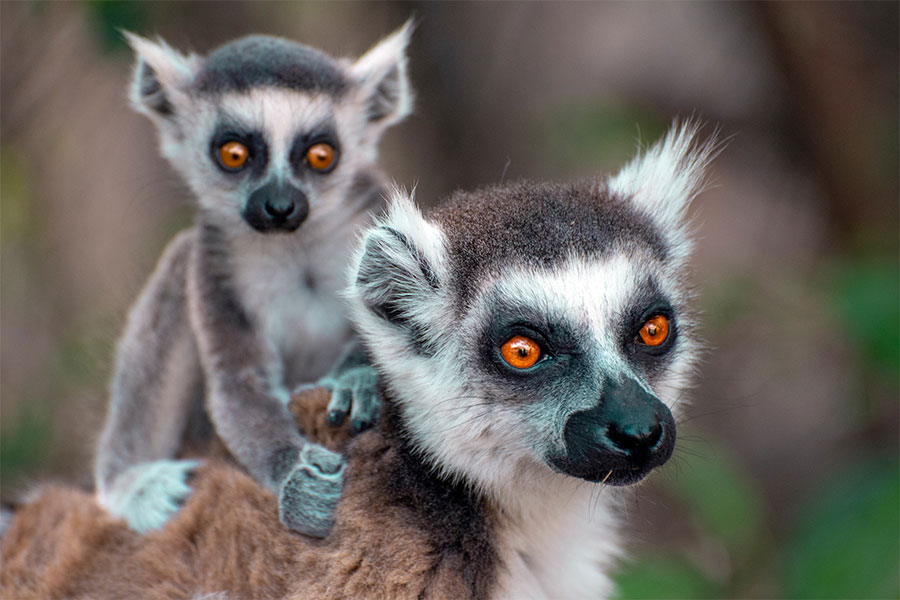
Madagascar is a land of stark contrasts, from the humid Eastern Rainforests to the sub-arid southern Spiny Desert and the biodiversity of this gigantic African island reflects these dramatic variations. Our Madagascar Travel Expert, Derek, is the co-author of two guidebooks and many scientific papers on this remarkable country, and has an encyclopaedic knowledge of the endemic species that populate it…
“While technically you could visit Madagascar year-round, the climate is so diverse across the country that the month you decide to travel in is pivotal in terms of determining which regions are able to be explored. Much of the country’s compellingly unique wildlife is endangered, and scattered around it is a large selection of protected areas, from popular national parks such as Isalo, to new sites like Andrafiamena-Andavaokoera. I recommend exploring at least one Eastern rainforest site, then experiencing the semi-arid South before completing your overview by visiting a tropical deciduous forest in the island’s Western half. The country’s most enjoyable microclimate is the Sambirano Domain in the far North-west. There, we work with a reputable, responsible organisation, based on Nosy Be, which can take you whale-watching between July and December, or observing marine turtles on coral reefs year-round.”
EAST
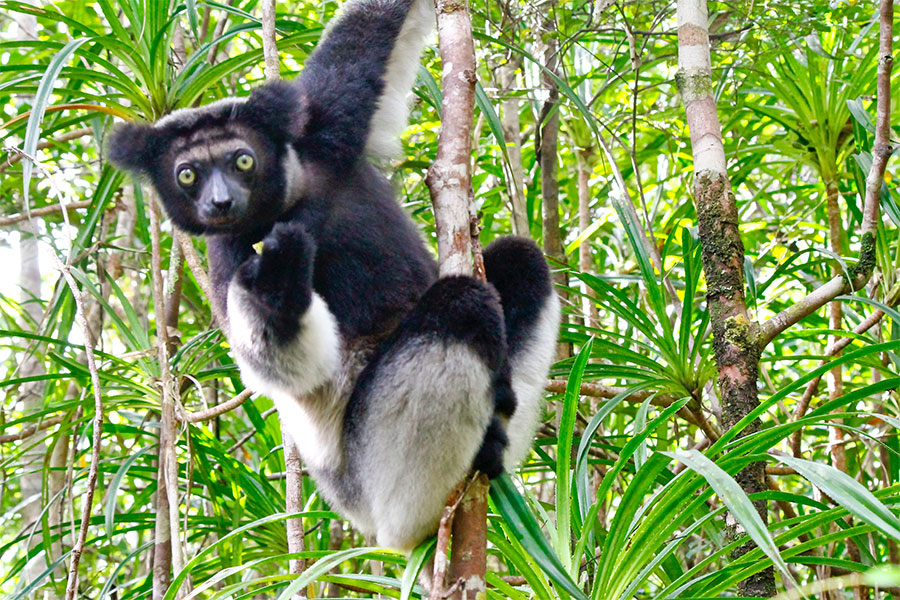
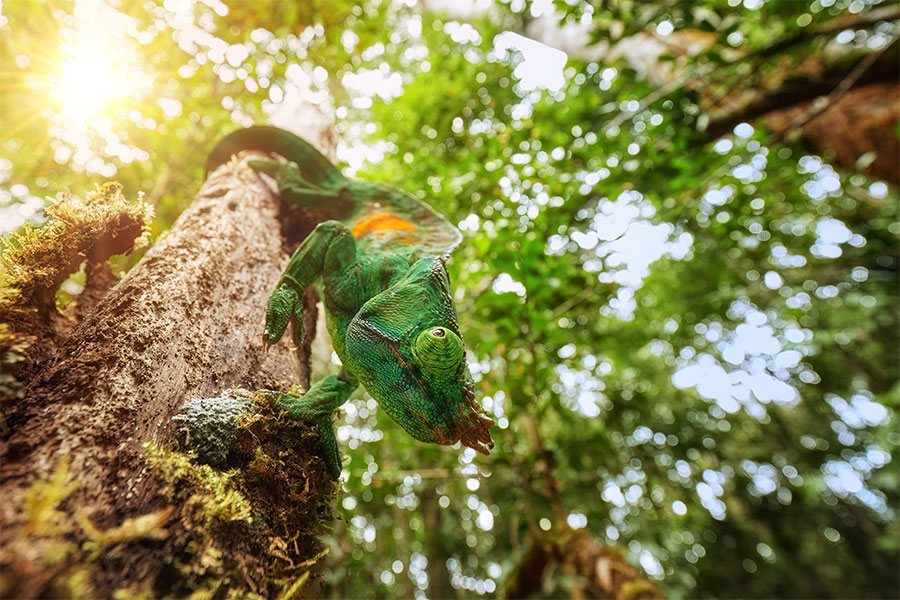
The dense rainforests of Eastern Madagascar contain a large proportion of the island’s endemic species. If you choose just one place to explore in the Eastern regions, it should be Andasibe-Mantadia National Park. Spanning 150 square kilometres of protected, biodiverse rainforest, the park is home to more frog species than comparably-sized forests in the world, and is one of the best bird-watching destinations in Madagascar. Visit between August and December, or April and May for the optimum wildlife-spotting opportunities, as winters in this region can be cold and quiet.
WHAT TO SEE
Indri, biggest of the surviving Lemurs, are easily observed in Andasibe-Mantadia, thanks to their distinctive siren-like calls which echo through their rainforest home. Another flagship species of Andasibe is the enormous Parson’s chameleon, which can reach a length of two-foot. Resident birds include the flamboyant Blue coua; the unusual Velvet asity and dainty Coral-billed nuthatch vanga. During night walks, nocturnal lemurs such as Goodman’s mouse lemur, are often encountered. One of Madagascar’s most distinctive ‘small scale marvels’, the Giraffe weevil, is locally common in Andasibe.
WEST
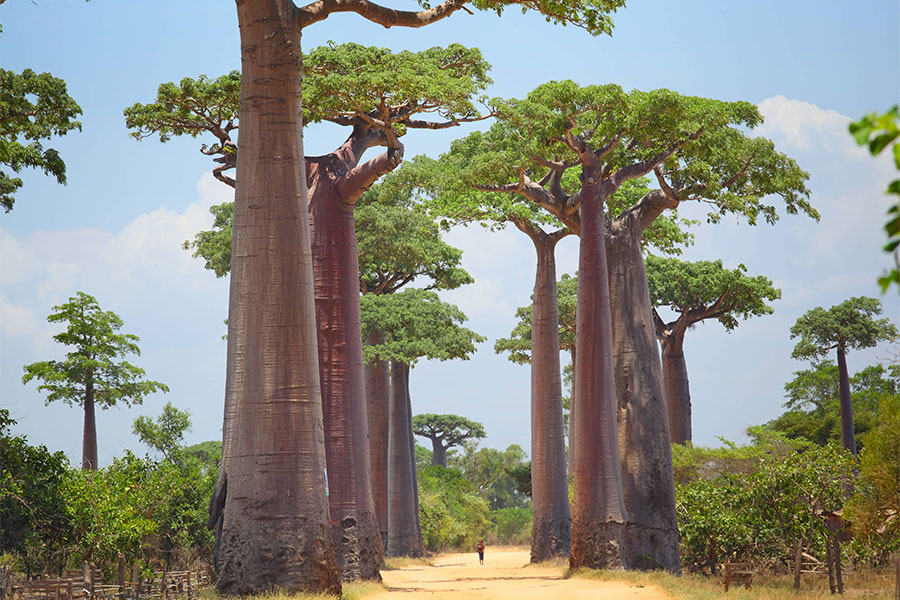
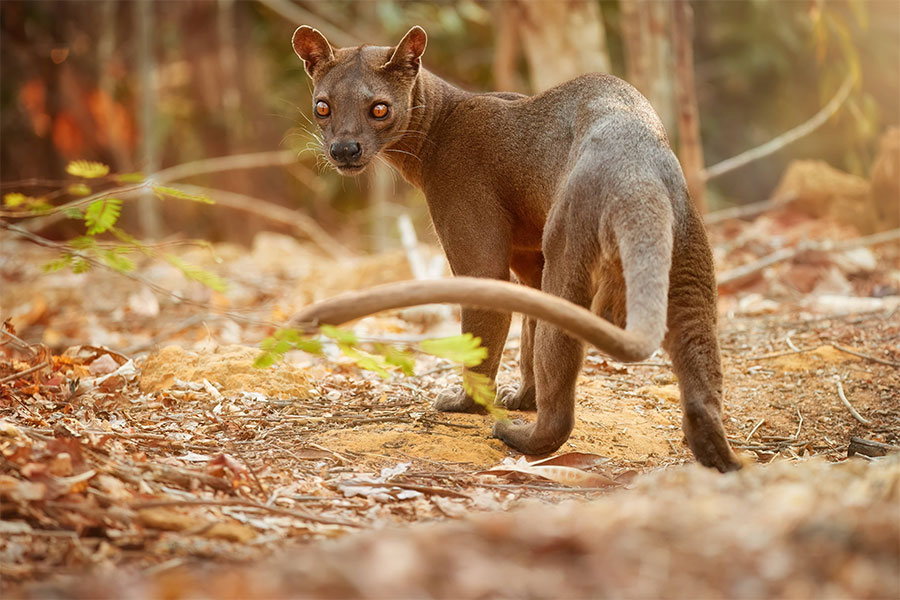
The iconic baobab forests are found in the dry Menabe region in the West Malagasy lowlands. One of my favourite locations, Kirindy Reserve spans 10,000 hectares and three of the country’s six species of baobab are found here. The reserve’s flat terrain and sandy soil makes this an easier walking route to spot lemur, reptiles, and birds, which flourish here. The West is also where the incredible tsingy rock formations can be found: these plateaux are formed of sharp limestone rocks which create a fortress-like habitat for a wide selection of wildlife, including lemurs, birds and an assortment of reptiles.
WHAT TO SEE
A night walk in Kirindy can reveal fork-marked lemur, the tiny Madame Berthe’s mouse lemur and in summer, the fat-tailed dwarf lemur. Dwarf lemurs are the only known primates to engage in hibernation-like behaviour, known as long-term torpor, during the dry season. The critically endangered Verreaux’s sifaka can be seen leaping between the trees. Kirindy is renowned as the only site where the island’s top predator, the Fosa (Fossa), can be observed year-round. Fosa are capable of leaping for 30 feet between trees and their long tails provide them with excellent balance for arboreal and ground-hunting.
NORTH
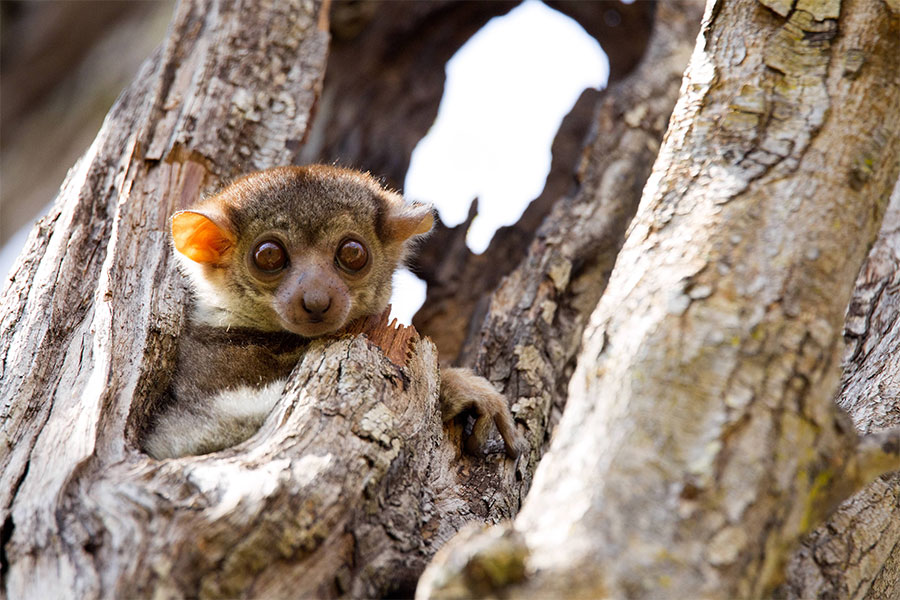
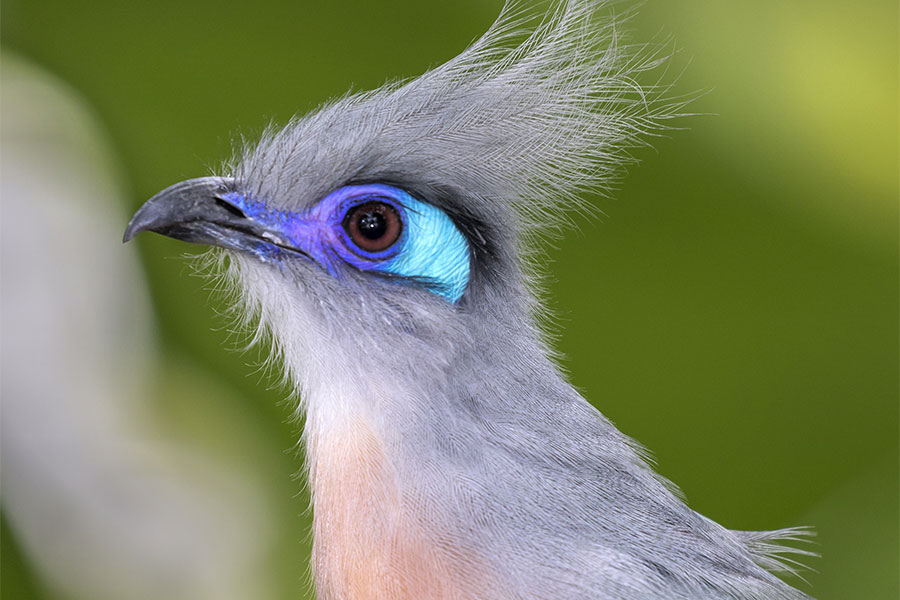
The northern regions of Madagascar are almost an homage to the diversity of the rest of the island, containing dry, scrub-covered hills covered with baobab trees (Montagne des Francais), limestone tsingy in Ankarana, sandy coastlines, biodiverse rainforests in Montagne d’Ambre National Park and the tropical Nosy Be archipelago. The Nosy Tanikely marine reserve enjoys seasonal visits from whale sharks, humpback whales, and is home to a local population of dolphins and marine turtles which can be seen year-round.
WHAT TO SEE
In the tsingy wonderland of Ankarana National Park, key species include groups of Crowned lemur, reptiles such as Oustalet’s and Panther chameleon, and birds such as Crested coua and Blue vanga. Blind cave fish and many Bat species inhabit the extensive cave system. The isolated rainforest block of Montagne d’Ambre National Park is the best place in which to seek Sanford’s lemur, Ringtailed mongoose and various species of the remarkable bark or leaf-mimicking Uroplatus (leaf-tailed) geckos. We love taking our clients to the Fontenay Private Reserve where night walks usually reveal at least two species of leaf-tailed gecko, some chameleons and also, nocturnal lemurs. The relatively newly established Andrafiamena-Andavakoera Protected Area completes the Northern Parks loop and was set aside with protection of the critically endangered Perrier’s black sifaka in mind.
SOUTH
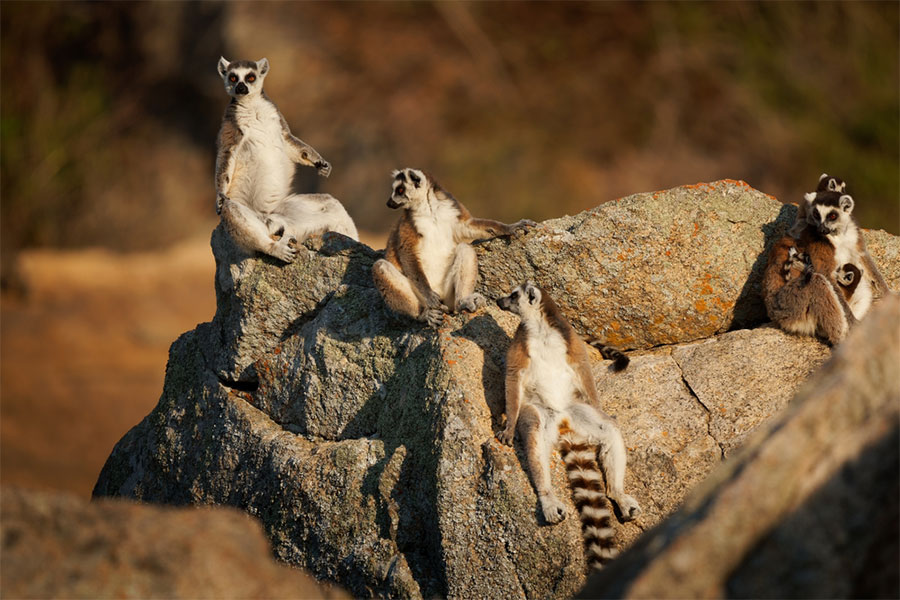
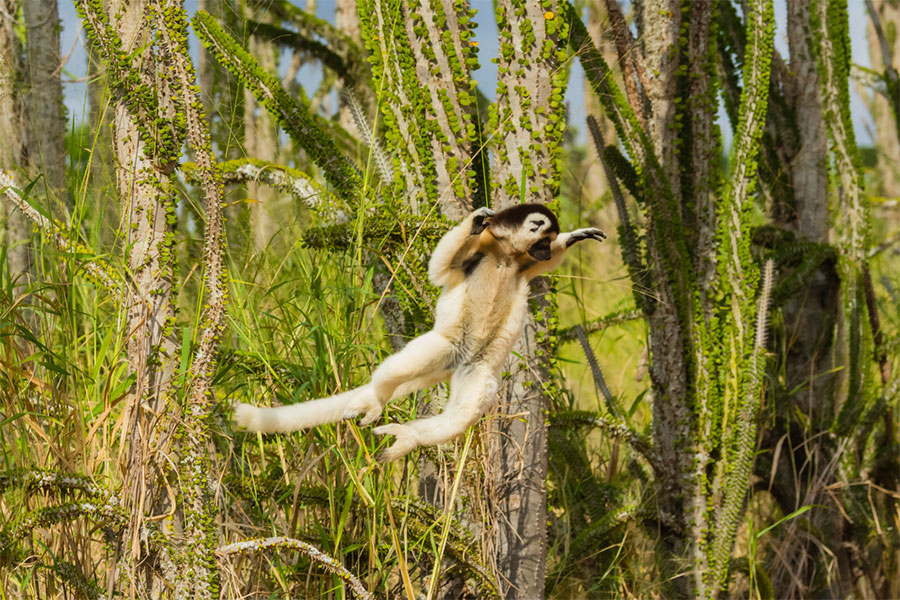
The harsh, semi-arid south of Madagascar is known for the thickets of spiny-bush, in which the island’s iconic ring-tailed lemurs can be found. These familiar lemurs, the country’s national mammal,can be easily sighted in the spectacular sandstone canyons of Isalo National Park. Hidden away in the far south-west is the unusual Lake Tsimanampetsotse; a soda lake which hosts a small seasonal population of flamingos. Approximately 95% of the plant species found in southern Madagascar are endemic to the region, with an assortment of baobabs, bloated pachypodiums, moringas, thorny Didieraceae trees and other drought-resistant plants making up the fascinating habitat comprising the spiny bush or Euphorbia-Didieraceae thicket.
WHAT TO SEE
Bold, curious and sociable, the ringtailed lemurs are easily seen in Berenty Private Reserve; Ifotaka Community Forest and Anjaha Community Conservation site. Berenty and Ifotaka are also where one can see the Verreaux’s sifakas ‘dancing’ across spaces of open ground, the dancing being a reference to their hopping gait. Two small parcels of Spiny bush at Ifaty Beach are where birders from around the globe, travel to seek Sub-desert mesite, Long-tailed ground-roller and LaFresnaye’s vanga, among others. Experienced guides can locate the birds in the early mornings. The small three-eyed lizard can be seen scurrying about in the sunnier spots.”
Next steps
If we’ve piqued your interest in Madagascar, please contact our Travel Experts at Rainbow, who will tailor-make your ideal itinerary to explore this fascinating country.

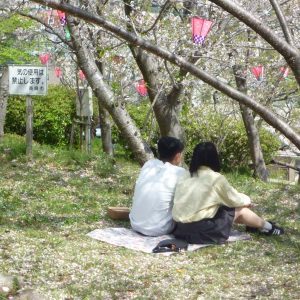
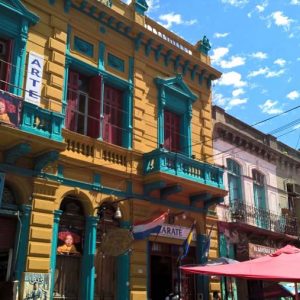









One Response
Great article Derek, it brought back so many memories!